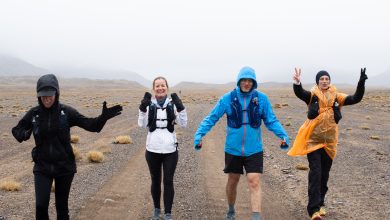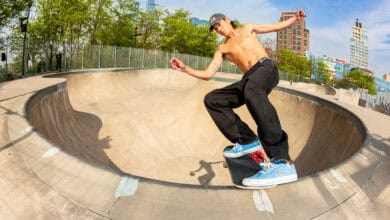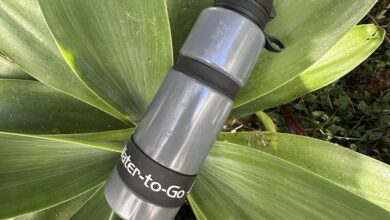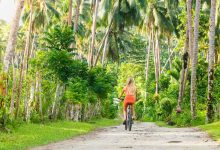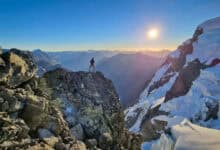
NZ Mountain Safety Council (MSC) is warning people of the increased risks when tramping alone, following the tragic death in 2023 of a tramper in the Wairarapa.
MSC provided a report as part of the coronial inquiry into the death of 54-year-old Terrence Ivan Elliott, known as Ivan, a tourist from Ireland. In findings released on 15 May 2025, Coroner Mark Wilton endorsed MSC’s recommendations and safety advice in the report.
Coroner Wilton found that Ivan died on 6 January 2023 in Tararua Forest Park while tramping alone, after falling and sustaining a fatal chest injury. It is believed he had lost the track and was trying to find his way back at the time he fell in steep terrain that had become slippery after recent rain.
Described as a keen tramper, Ivan spent some of his childhood tramping in the Wairarapa. He had travelled to New Zealand with his wife specifically to go tramping. After staying at Totara Flats and then Neill Forks Hut, Ivan had set out alone towards Concertina Knob on the Neill Forks to Maungahuka Track, as his wife’s hiking boot was damaged and she also needed to rest. Ivan’s personal locator beacon was activated later that afternoon, and his body was found that evening down a gully off the main track.
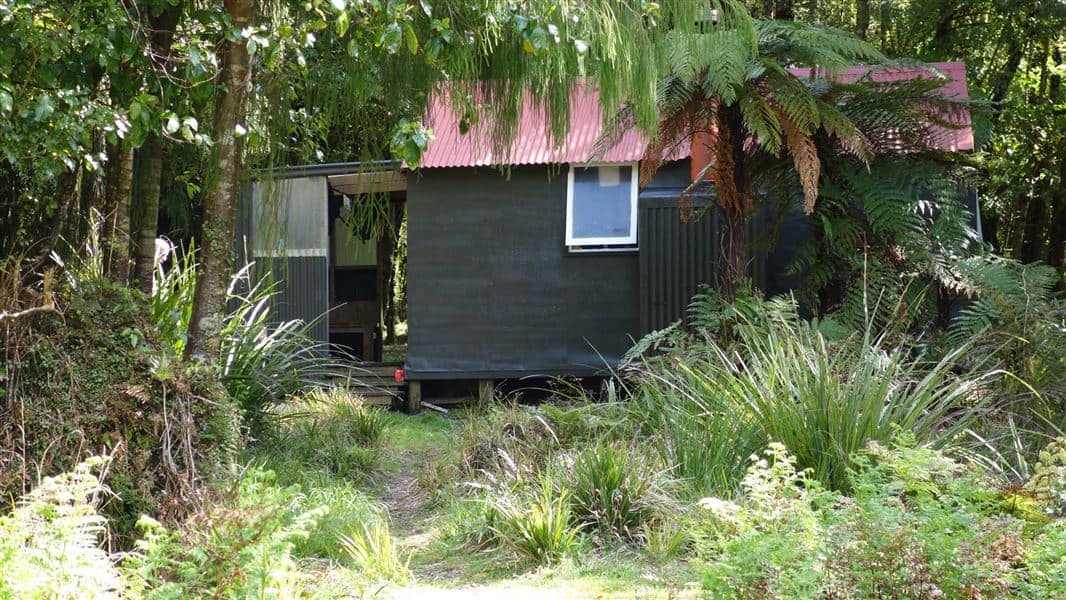
In its report, MSC emphasised that tramping alone brings additional safety risks and requires extra preparation and precautions, particularly when attempting advanced tramping routes.
“Although tramping solo was not a cause in Ivan’s death, we want to remind all trampers that going by yourself brings additional complexities,” says MSC Chief Executive Mike Daisley. “There is little room for error when tramping alone, and if things do go wrong, getting yourself out of the situation becomes much more challenging.”
In its recommendations, MSC encouraged people to tramp in a group, especially in difficult terrain. MSC also stressed the importance of choosing the right trip for everyone’s fitness and experience, and having the navigational skills and knowledge to make smart decisions if you get lost.
“Plan My Walk is a good place to start when choosing a track,” says Mike. “The free app and website provide all the information people need to choose a track that will suit everyone.”
Since Ivan’s death, the Department of Conservation has updated the Tararua Forest Park visitor information, including creating a Neill Forks to Maungahuka Track webpage. Maintenance was done on the track in November 2024.
MSC extends its sincere condolences to Ivan’s wife, and his family and friends.
MSC Recommendations
Choose the right trip for you
Learn about the route and make sure you have the skills for it. It is important to choose a trip that suits you and everyone in your group. When you are looking at the options, make sure you think about everyone’s fitness levels and experience in the outdoors. The Plan My Walk app is a good place to start, but also consider:
• How hard is the trip? Will everyone in the group be able to do it?
• Do you know which way to go? Will it be easy to follow the track and not get lost? Packing a map and track description will help.
• What is the landscape like? Are there any dangerous parts or difficult sections
• If the weather is bad, can you still do the trip? What would you need to do differently?
Remember that solo travelling has additional risk
Consider the additional complexities that travelling solo brings. The margins for error are smaller when tramping on your own. Calling for help, evacuating yourself, self-monitoring and decision-making become much more challenging should things go wrong if you are on your own. In terrain such as this, it is recommended to travel in small groups.
Consider the terrain before travelling on a bearing
Going off track, or temporarily losing the track, is something that happens occasionally in the backcountry. Having the skills to be able to recognise that you have lost the track, and then making smart decisions about how to get back on the track is important. Often a decision to back-track is the safest decision, even though this may be more time and energy consuming. But if choosing to move through the bush, it is important to identify a direction that does not require travelling across or above extremely wet and steep terrain, especially where a slip or loss of footing would expose you to a significant fall.
Follow the NZ Land Safety Code
For further safety advice, follow the NZ Land Safety Code to help you plan, prepare and stay safe on your trip.



